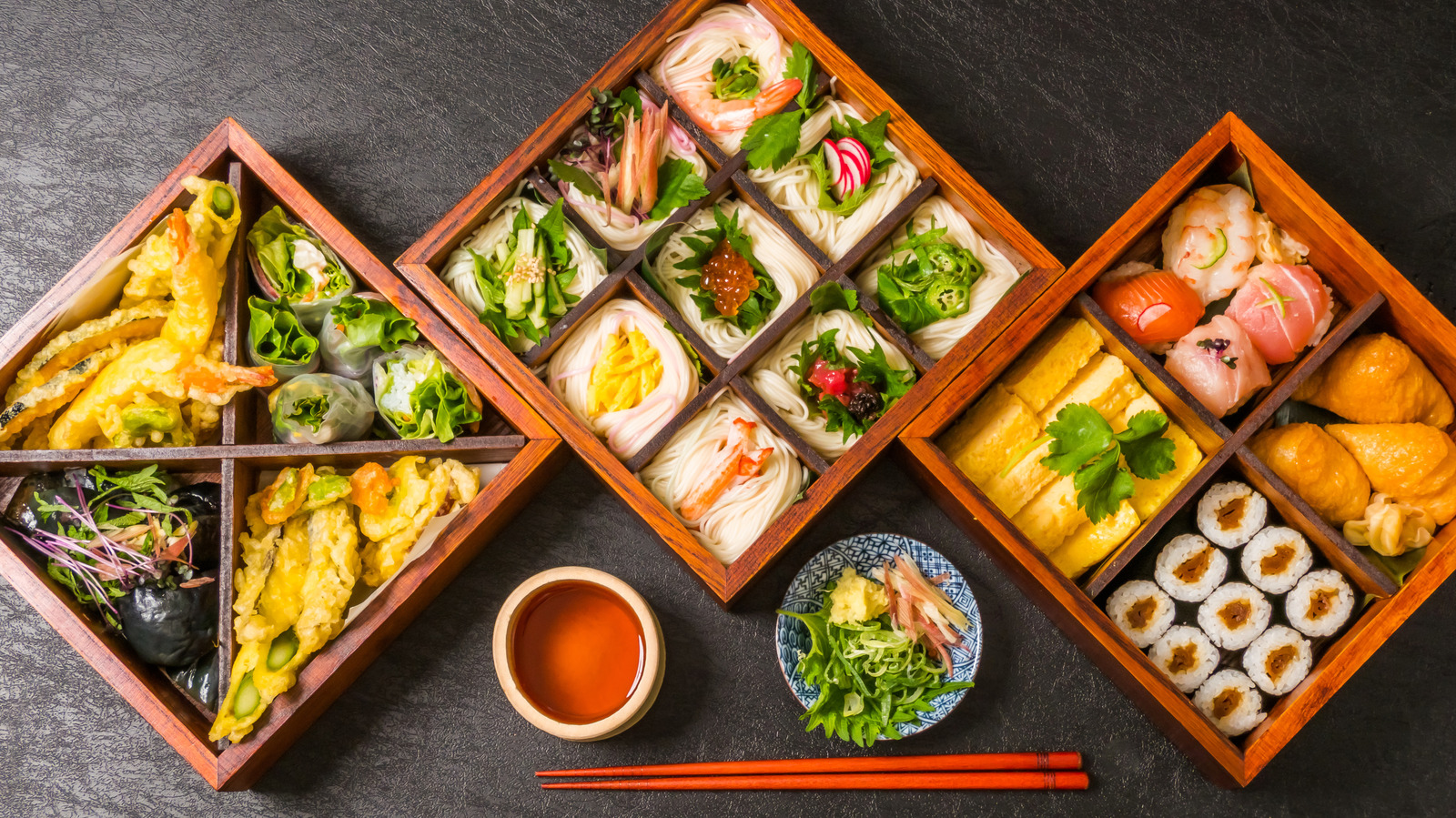Japanese food
Japanese cuisine includes the country's regional and traditional dishes, which have evolved over many decades as a result of financial, political, and social changes. The foundation of Japanese traditional food, known as washoku (Japanese: washoku), is rice with soup made with miso and other dishes, with a focus on seasonal ingredients. Seafood is common and frequently grilled, although it can also be eaten raw as sushi or sushi. As with tempura, seafood and vegetables are also deep-fried in a thin batter.
japanese food has historically affected Japanese cuisine, which has also
Consumption of meat
Yakiniku
Japan is an island country surrounded by water, thus its residents have traditionally benefited from the plentiful seafood supplies. According to some food experts, the Japanese diet has always been predominately composed of "grains with vegetables or seaweeds as main, with poultry secondary, and red meat in slight. Throughout the Edo period, eating "four-legged creatures" (, yotsuashi) was considered taboo, dirty, or something that should be avoided out of personal preference. Under this concept, eating whale and terrapin meat was not prohibited. Despite this, Japan did not totally abandon the consumption of red meat. consuming wild game rather than domesticated.
frying fluid
In general, traditional Japanese food uses a minimum amount of cooking oil. A notable exception is food that has been deep-fried. Due to the influence of Western (formerly known as nanban-ryri and Chinese cuisine, this cooking technique was adopted during the Edo period. As cooking oil became more readily available and more productive, it spread across society. Tempura, aburaage, and satsuma age are examples of dishes that are now recognised as traditional Japanese cuisine. Tempura and hiryzu, two words that sound like ganmodoki, are claimed to have Portuguese roots.
Additionally, several simple traditional Japanese dishes, such kinpira, hijiki, and kiriboshi daikon, typically involve stir-frying in oil before being stewed in soy sauce. Japanese greens are stir-fried in several traditional oszai or obanzai meals with either.

Comments
Post a Comment